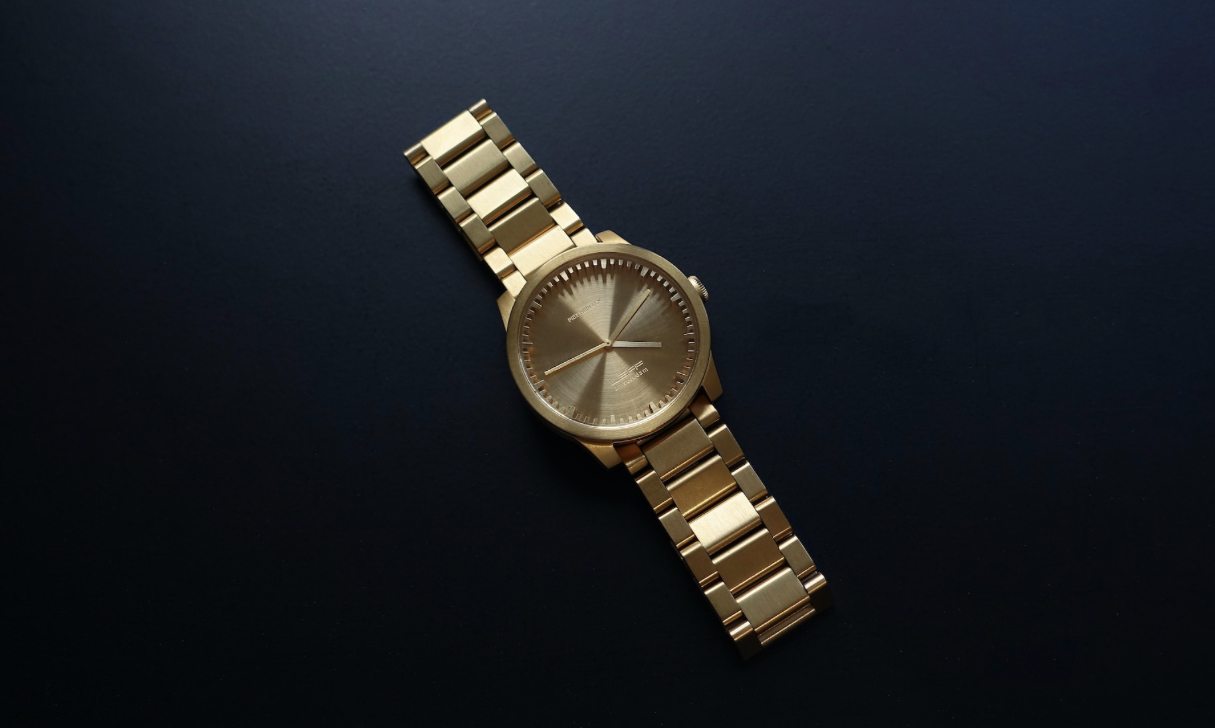Whether it’s a sleek and modern timepiece from a top luxury brand or a cherished pocket watch that’s been in your family for generations, a gold watch is an elegant, classy accessory for both men and women. It’s one piece of jewellery that speaks volumes of the owner’s sense of fashion and sophistication and can complement any look, especially in the world of business.
If you’ve inherited a watch like this, you might wonder if you’ve got the real thing. This is such a common question that there’s a whole industry around buying, selling, and evaluating gold watches — from individuals offering their services online to brick-and-mortar institutions like Muzeum, which have helped customers find answers for many years.
Now that you’re curious about the worth of your investment, here are three things you can do from home before you bring your watch to an expert establishment.
Find the Hallmark
The first way to determine if your gold watch is the genuine article is to look for a hallmark: an imprint stamped or etched directly onto the timepiece, and sometimes discretely; you may need to do some thorough investigating to find one. Commonly, hallmarks can be found on the case back but can also be found on the bezel, lugs or ‘horns,’ on the clasps, or in other hard-to-reach spots. Once you do discover a hallmark, you may need to grab a magnifying glass to make out the text.
Assess the Purity
Hallmarks often indicate how ‘pure’ the gold is through a karat designation. The karat (shortened to ‘K’) or carat (abbreviated to ‘ct’) reflects a division of the number 24. For example, if you read 24k, the item is 100% gold, whereas if you read 9K, or “375,” that means the item contains 9 karats of gold and is 37.5% pure (nine divided by 24 is 37.5, after all). The remaining 62.5% of the item is made of other metals.
Value tends to rise in relationship to purity. If you read the letters ‘GP,’ your watch is merely gold plated, and if you see ‘GF,’ your watch is gold-filled (and will often be marked 1/20thor 1/10th). Gold-filled and gold-plated items are usually far less valuable to buyers since (you guessed it!) they contain far less gold.
Don’t expect to find a watch beyond 18 karats, or 75% purity. Most gold watches are 18, 14, 10, or 9 karats. Gold is a soft and malleable metal, so it needs to be alloyed with other hardier metals, such as zinc, iron, copper or cadmium, to avoid denting or bending. We can’t wear jewellery of higher purity functionally on a day-to-day basis.
Use a Magnet
Magnets attract ‘ferromagnetic’ metals, such as iron, cobalt, and nickel, as well as various steels. Gold is one precious metal that a magnet does not attract. So try using a strong magnet from a hardware store and testing out your watch (be sure to keep the magnet away from the watch movement itself); if it doesn’t attract to the magnet, it’s a sign that your watch is at least made of a nonferrous (or non-magnetic) substance.
Unfortunately, the magnet test won’t decide whether the watch is genuine gold or just another nonferrous alloy, like aluminum, copper or lead; it could be gold plated, too.
There are other ways to distinguish gold, gold plated, and counterfeit items. These can involve scratching your investment against a jeweller’s stone or a ceramic plate or tile or testing with vinegar or even nitric acid. But none of these methods can guarantee your watch looks as sharp as it did before the test, and none can give you a 100%-certain answer.
The most straightforward (and safest!) way to know if you have a gold watch, and to determine its purity, is to bring it to a trusted gold and silver bullion dealer and have an expert provide an evaluation. The good news? Many longstanding brick-and-mortar institutions, as mentioned above, will provide such evaluations for free.

